Our Blog - Loire Valley Trip - Saumur, France
It seems like every small town in the Loire Valley has two things: wine and a castle! Saumur is not exactly a small town ... it has over 25,000 people but the population has been slowly declining since about 1980. The original castle was built around 960, so it has been here a long time.
The theatre, built between 1864 and 1866, is one of the most prestigious monuments in Saumur. The facades are punctuated by Corinthian colonnades inspired by the French 18th century. The interior houses an Italian-style room with a capacity of 860 people.
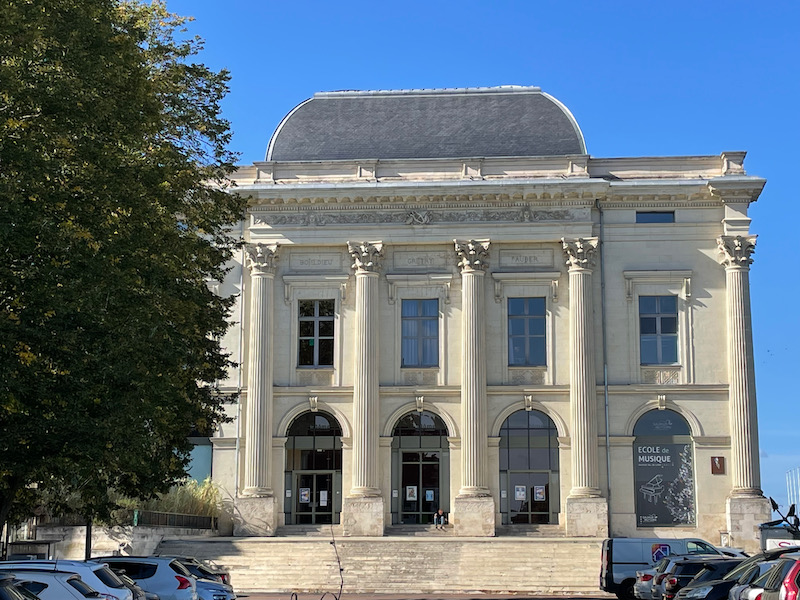
The Town Hall has a very interesting architecture as it is basically two buildings put together. On the left side, the old part of the building is flanked by two turrets and dates from the 15th century. It was originally a fortified stronghold incorporated into the ramparts and the parapet walk was used to watch over the river.
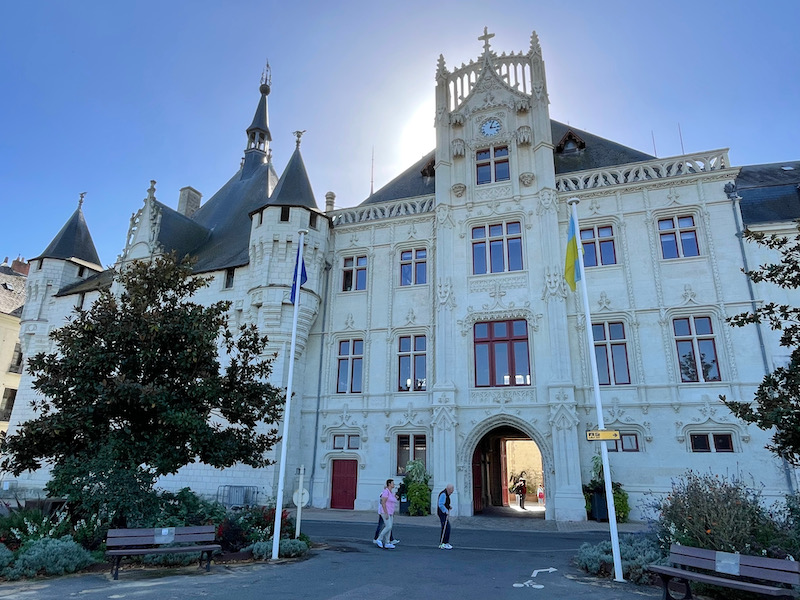
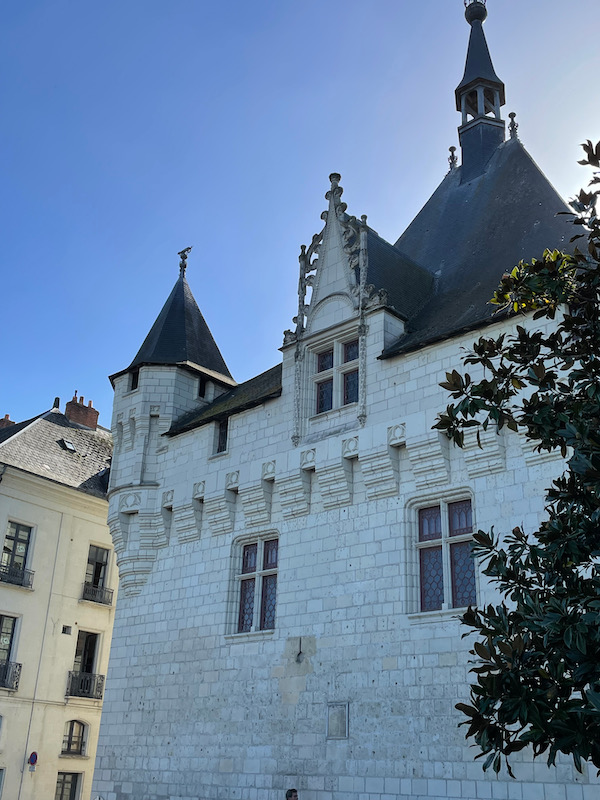
The right-side of the façade was done in the middle of the 19th century but the decoration mimics that of the 16th century courtyard.
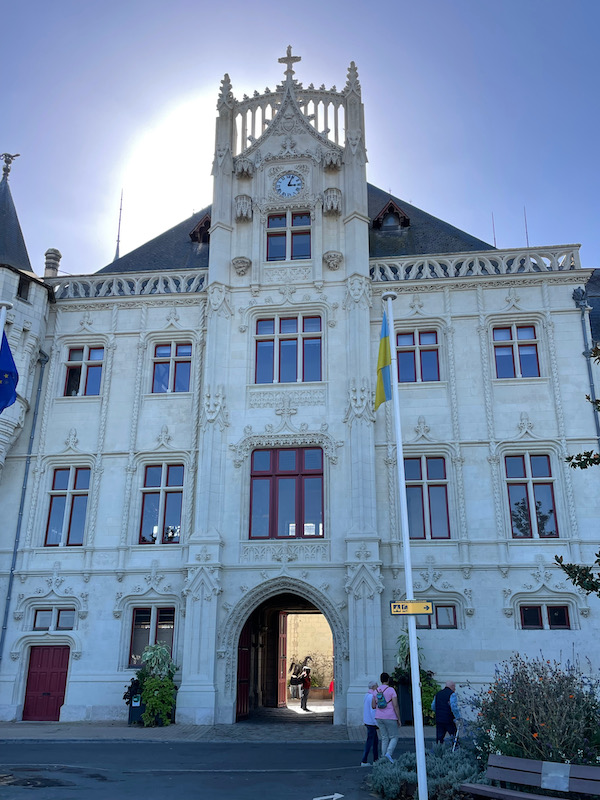
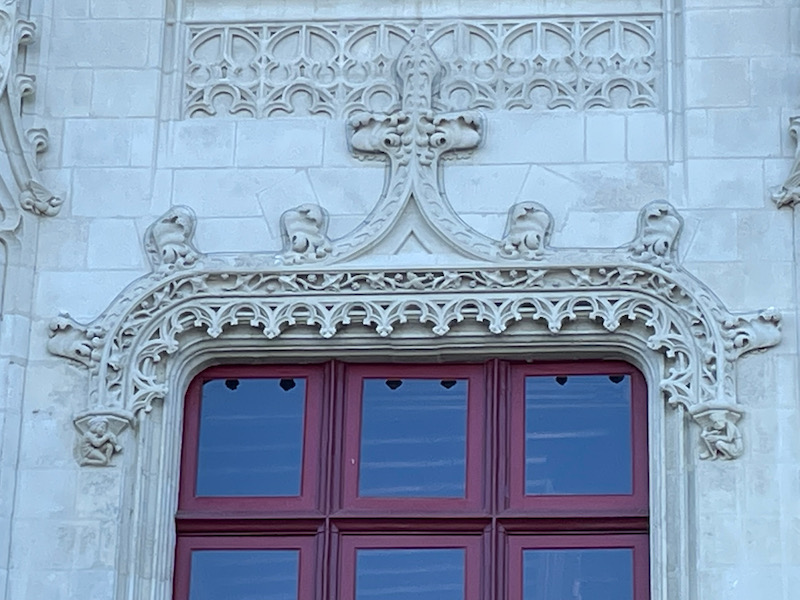
The courtyard dates from the early 16th century. The "fortified" facade facing the river offers a striking contrast with the courtyard, adorned with the last Gothic’s refinements.
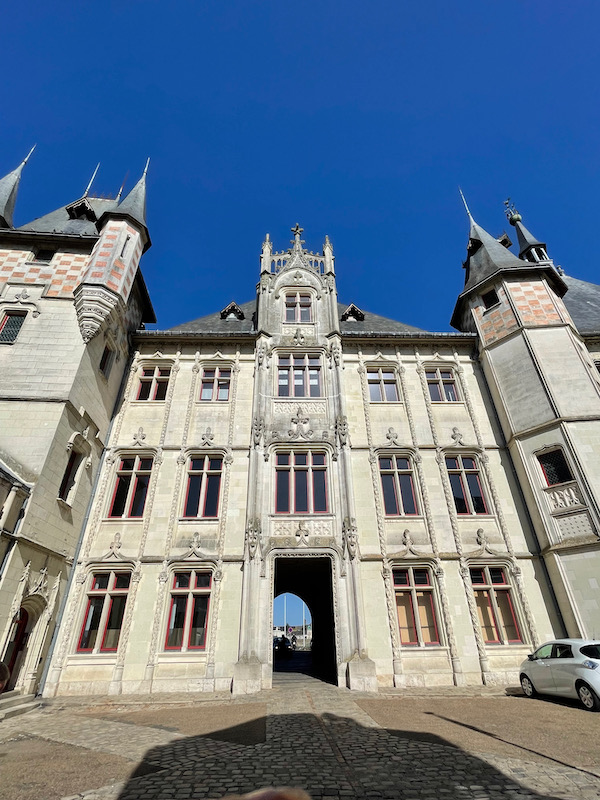
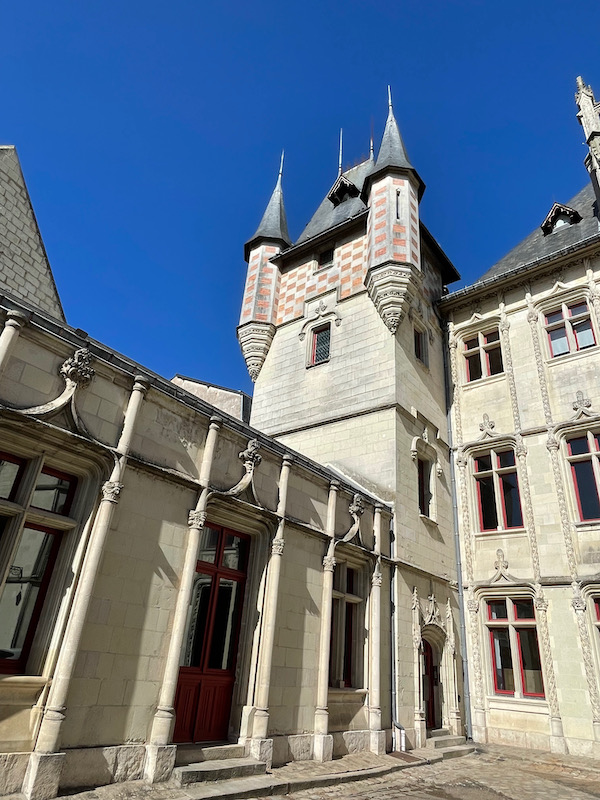
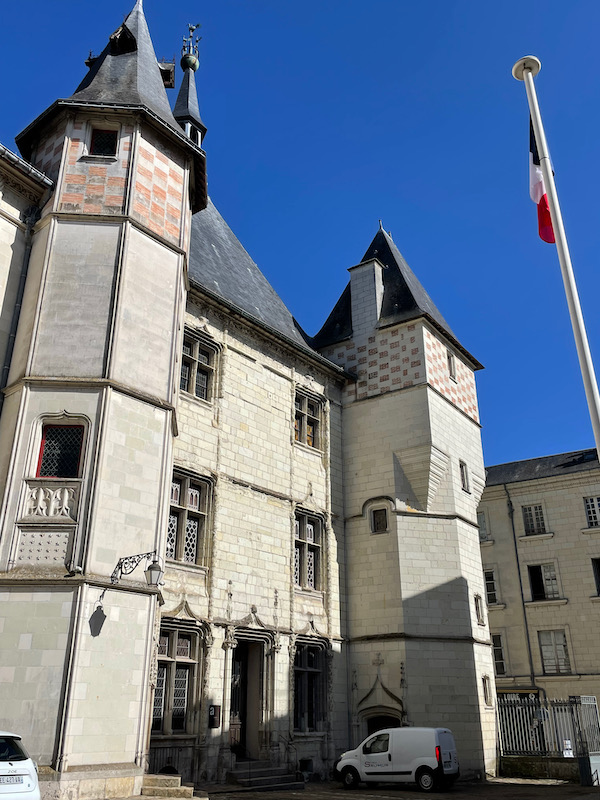
St. Peter's Church has a classic 17th century facade that was added to the 12th and 13th century church. Inside, the building has both Romanesque and Gothic architecture with domed vaults. The apse and transepts date from the 12th century, then most of the nave is from the 13th century.
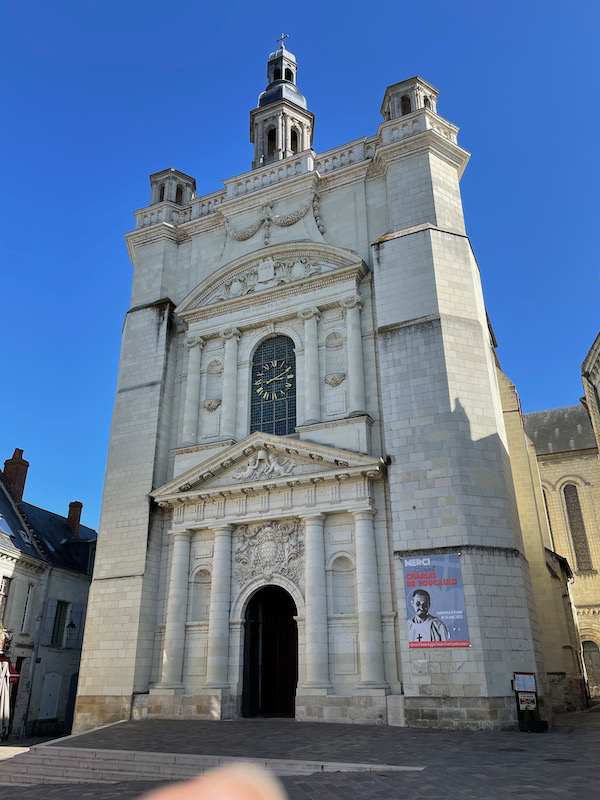
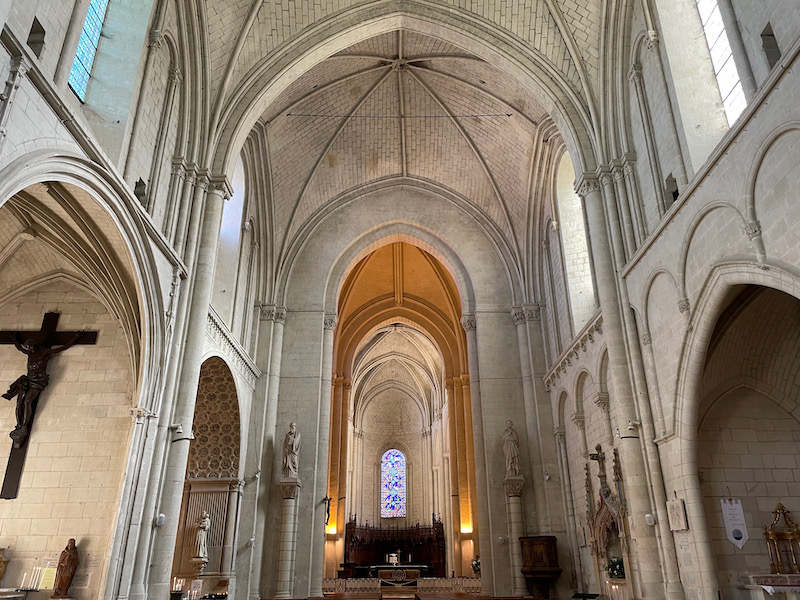
The baptistry contains a stained-glass window with Saint Jeanne Delanoue, who came from Saumur. She was the founder of the congregation of the Sisters of Saint Anne of the Providence and canonized in 1982. The window dates from 1950, and has a more modern look.
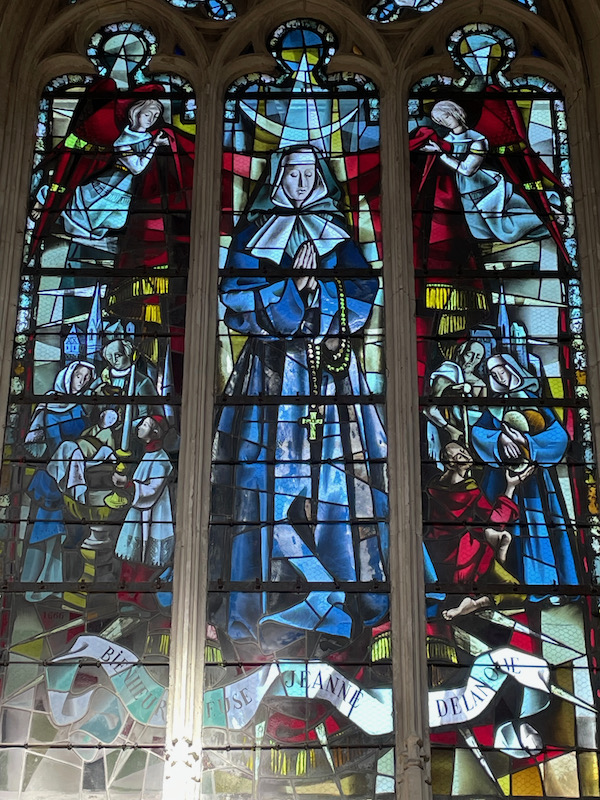
This is a 16th century pieta in a Romanesque chapel with an altar that dates from the 17th century. The choir stalls date from the 15th century. The organ was installed in 1805. The sideboard from the 17th century is typical of the Baroque style, with rich carved decoration with the theme of child musicians.
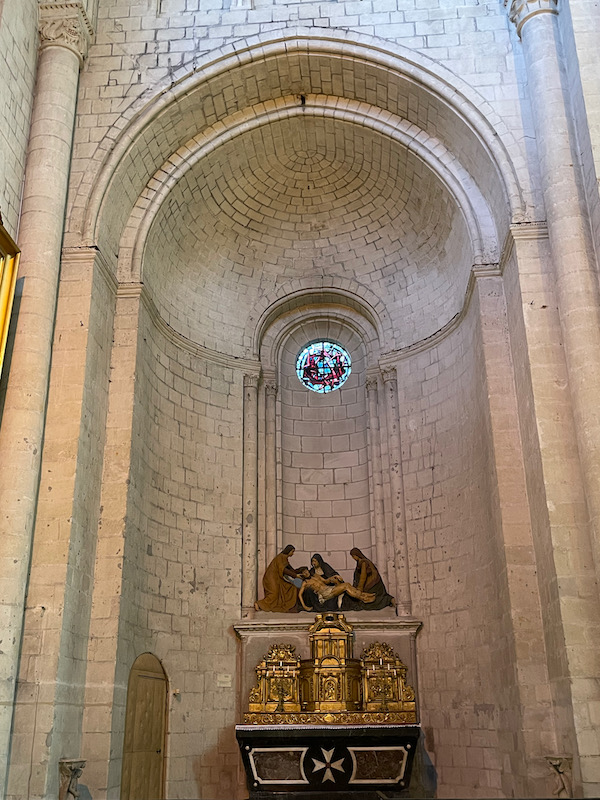
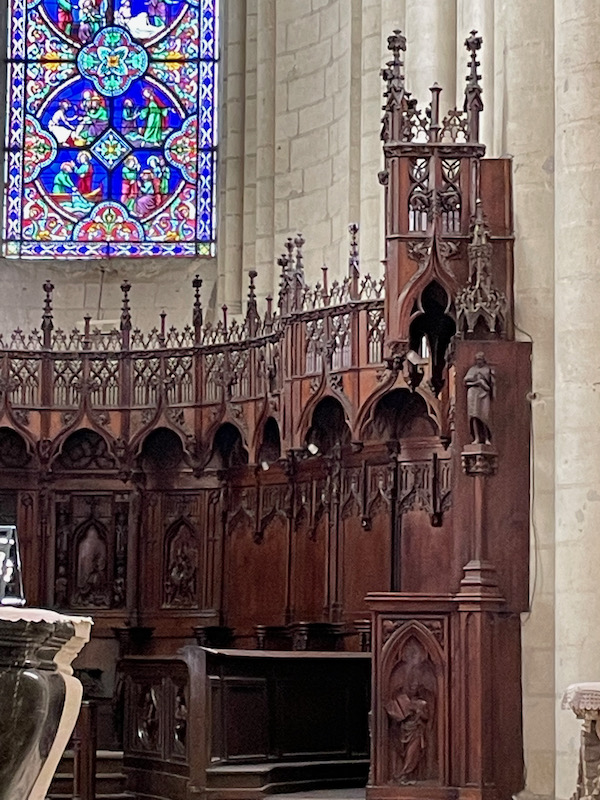
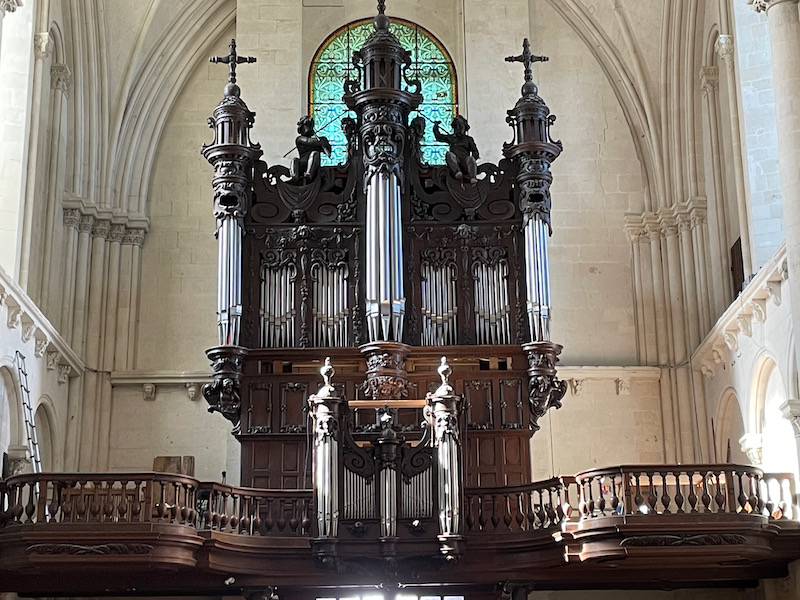
This is a little Flamboyant Gothic funerary niche containing another pieta, with painted decoration. One little part of it looks like a dog.
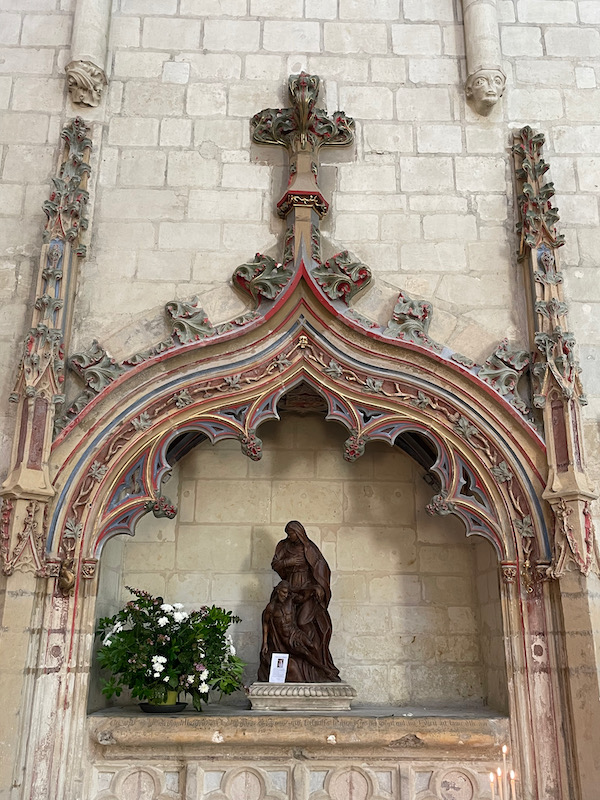
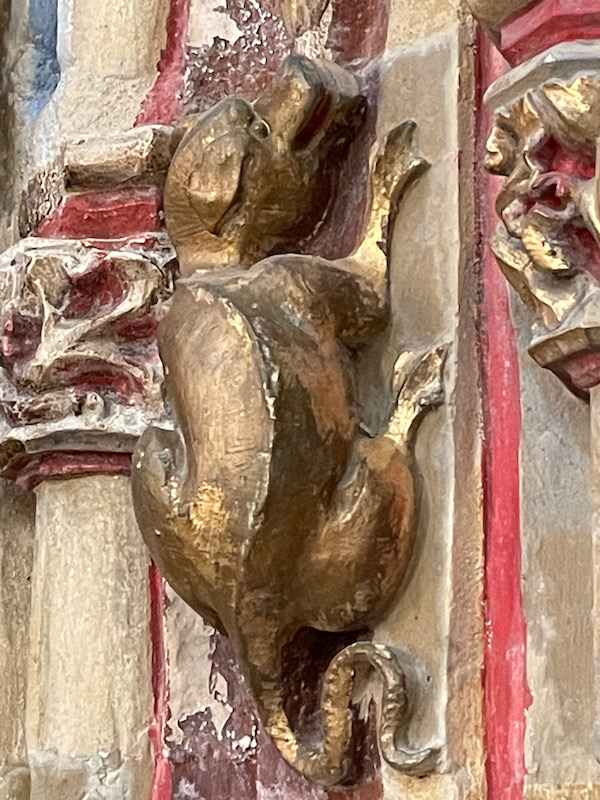
Place Saint Pierre contains several half-timbered houses. Then heading towards the Chateau, we passed the Maison des Compagnons that dates from the 15th century.
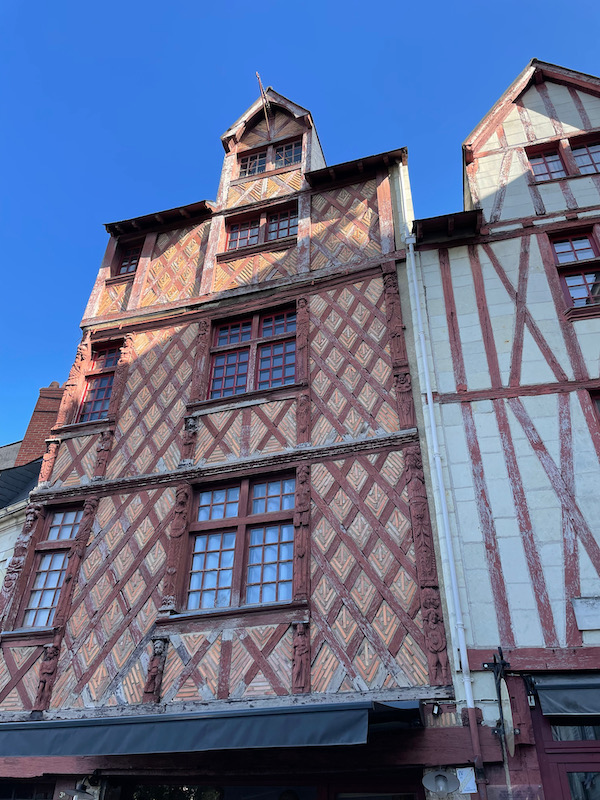
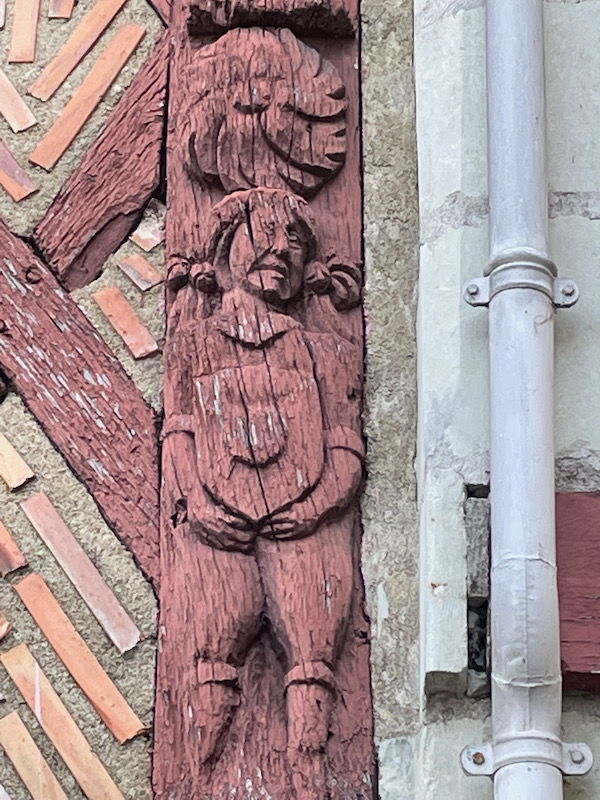
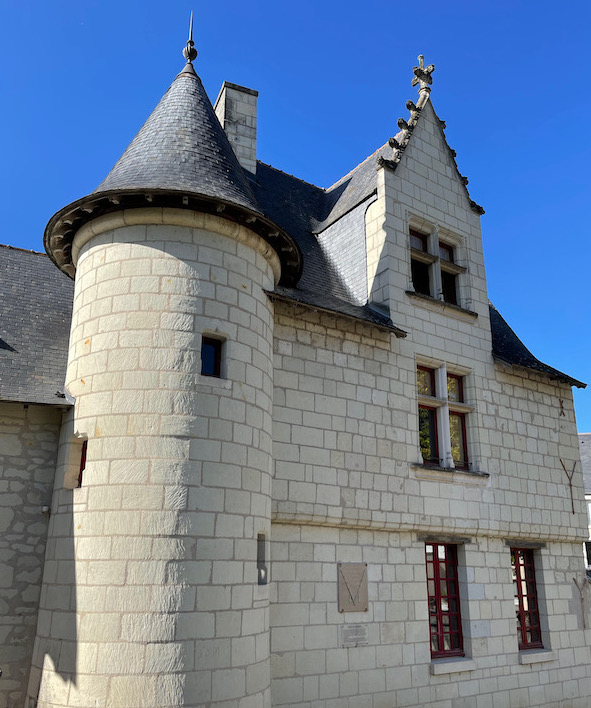
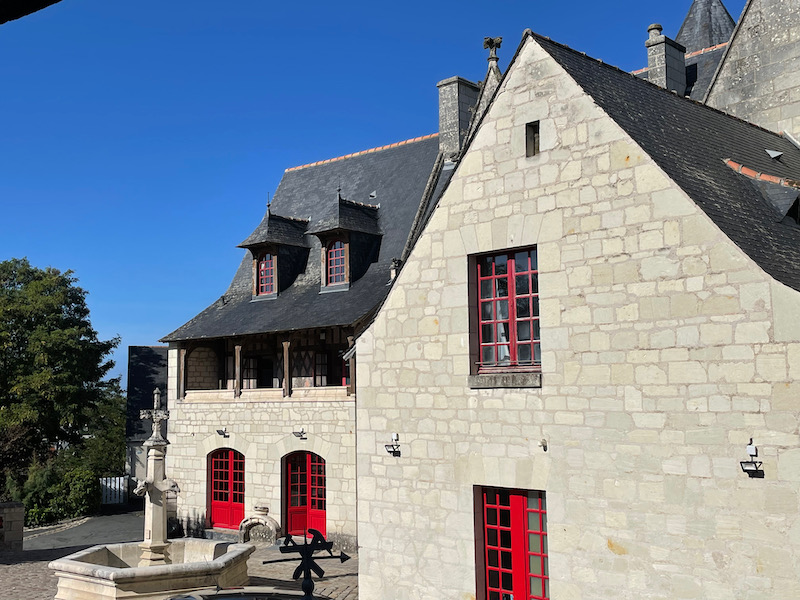
We walked up to the Chateau de Saumur but didn't go in, since it is now a museum and dogs are not allowed.The first picture I pulled from the tourist office website, which shows how the chateau sits up on a hill and dominates the city below. This is also the only picture I have with this side, since walking up, we were on the other side. The first fortifications, from the 10th century, were burned in 1203 when King Philippe Auguste seized the castle. It becomes a royal fortress in King Louis IX takes it over in 1227 and enhances it. The following century, old round towers were replaced by the octagonal towers that you see today.

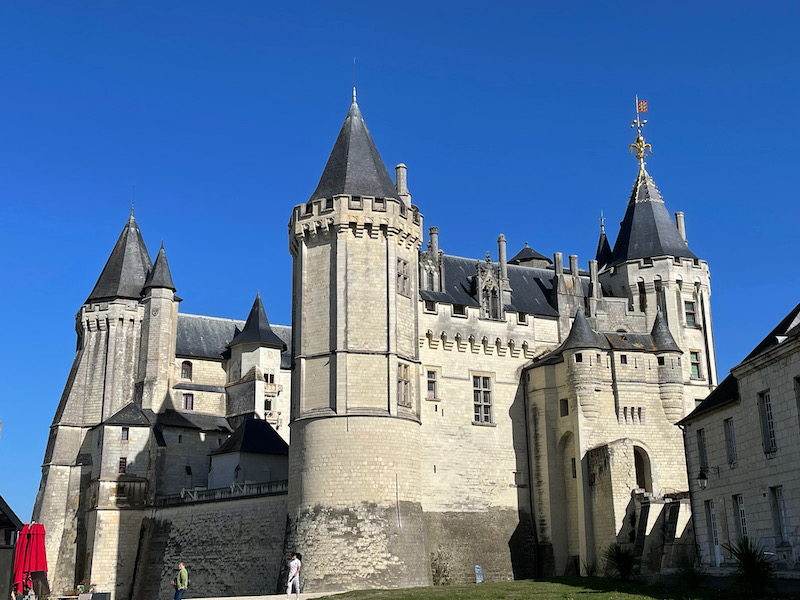
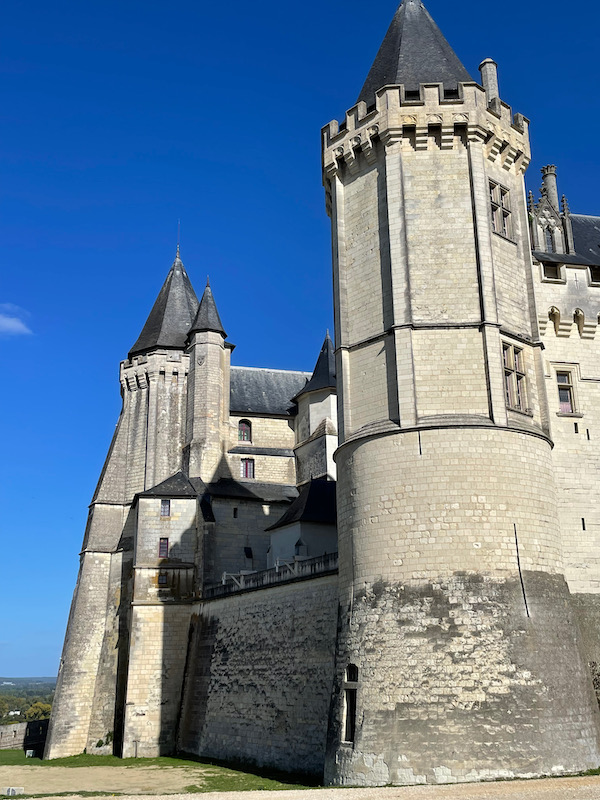
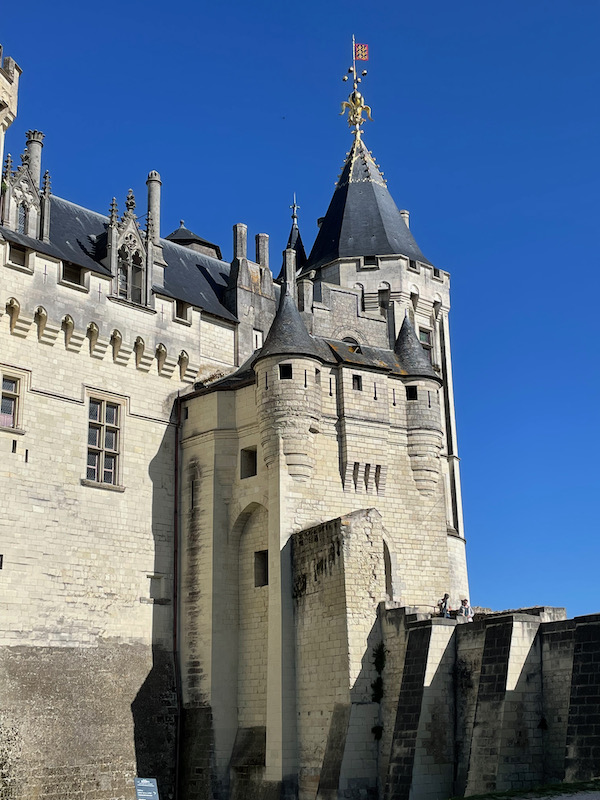
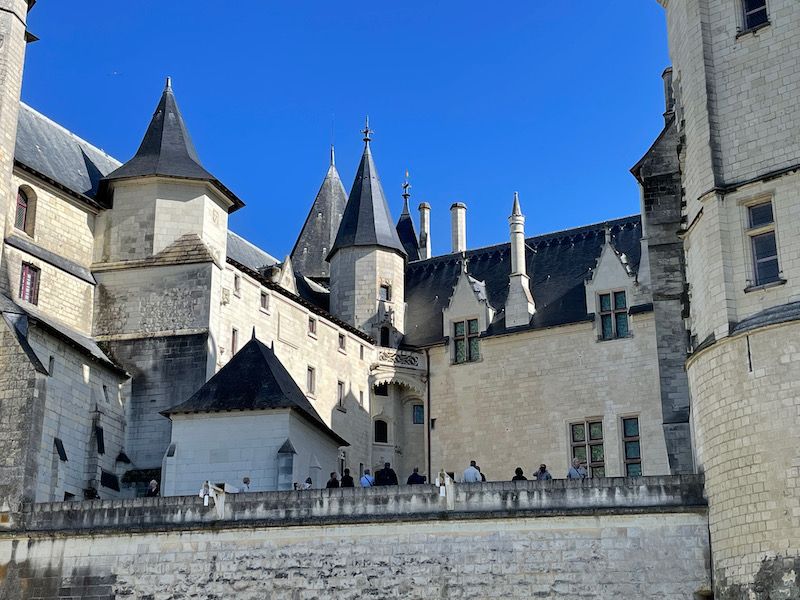
The view from the castle walls are really nice, especially on a clear day like we had! you can see the bell tower of Église Saint-Pierre and the Cessart Bridge over the Loire River.
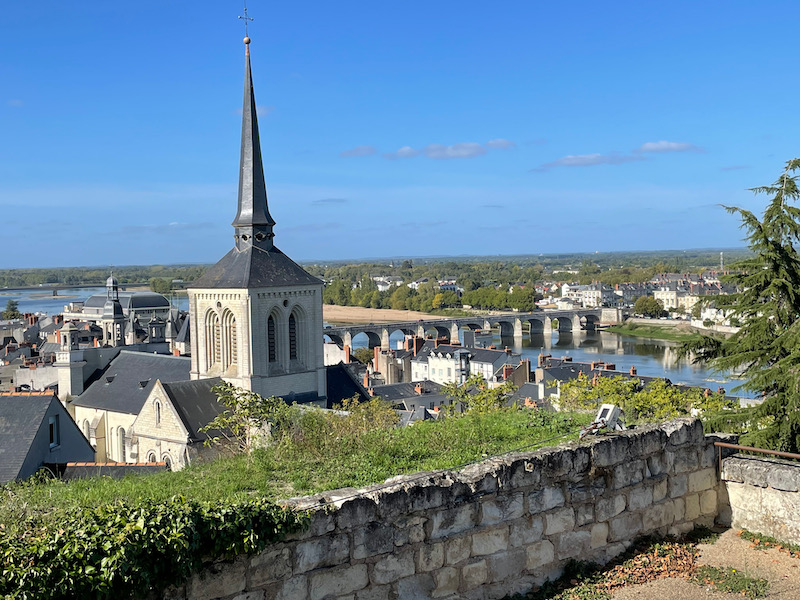
The majority of Église Saint Nicolas dates from the 12th century, although the apse is from the 19th century. The original plan is quite unique, a "church-hall" that doesn't have transepts or an apse, and is roughly a square. It remains that way until the mid-1800's, when a bell tower and the apse. I only show an exterior picture from the side, because the side with the bell tower was under scaffolding. But from this view, you can see how the bell tower has a different look than the main part of the church due to the different time periods.
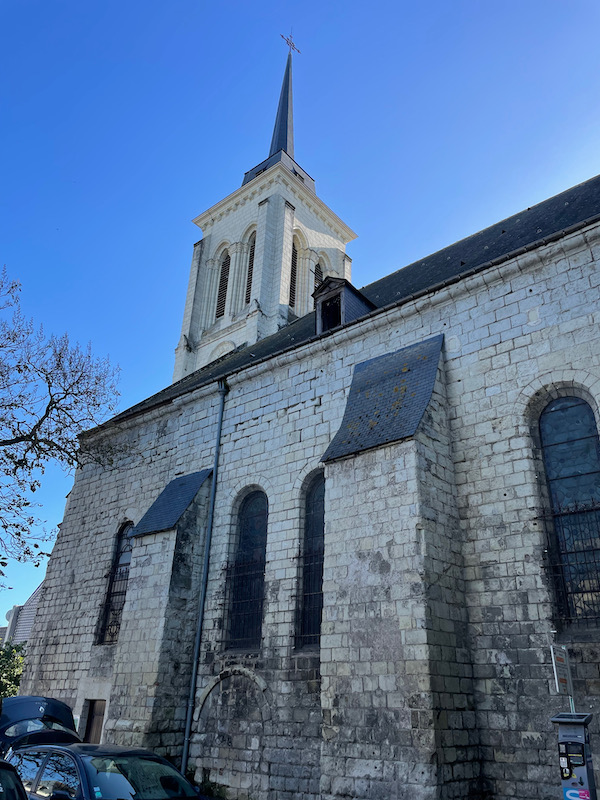
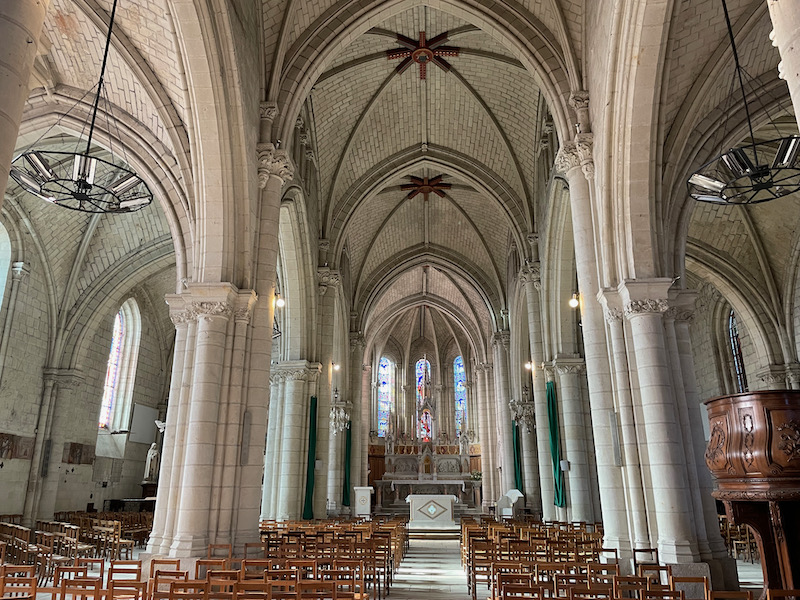
The 19th century main altar with bas-reliefs, the one on the main face shows the Last Supper.
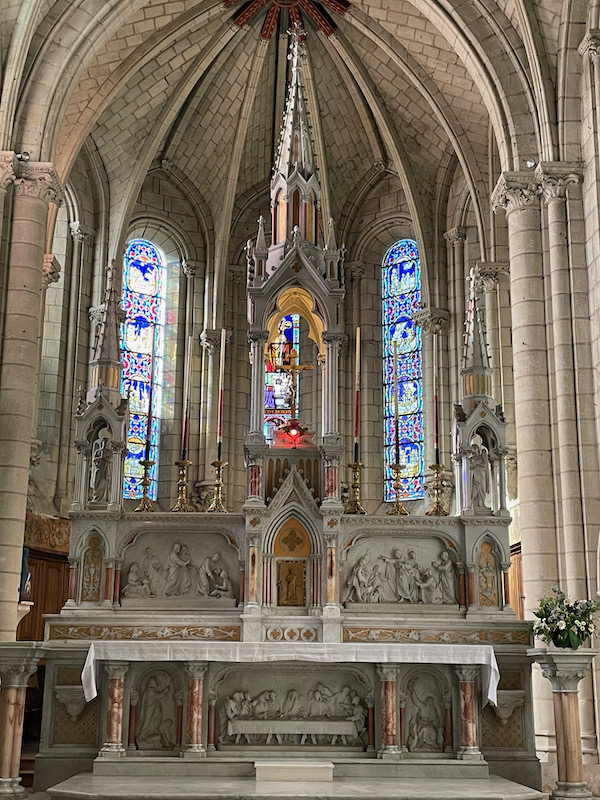
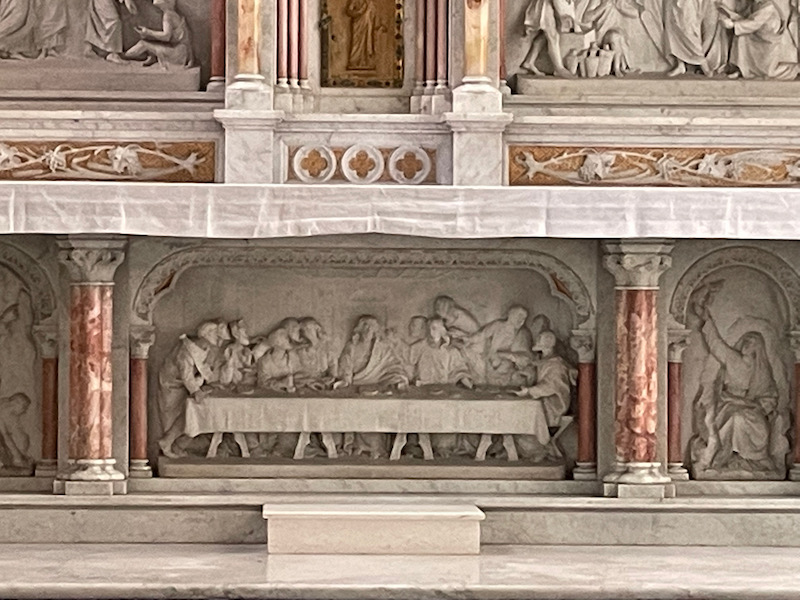
This is a side altar, and I wanted to use this to introduce the mosaics. Instead of large paintings hanging on the walls, the priest here in the 1920's and 1930's decided to embellish the church by decorating it with frescoes with mosaic encrustations. I am only showing a portion of them, as there were a few more that I didn't take pictures of.
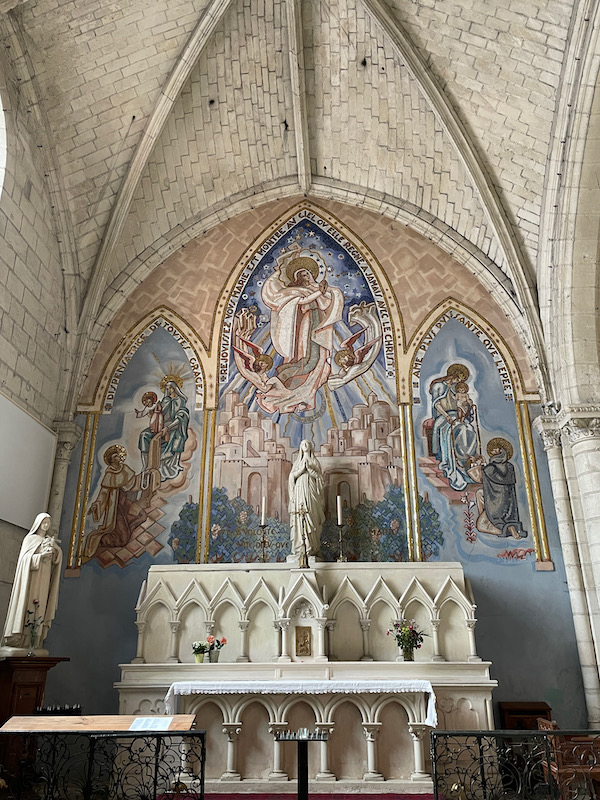
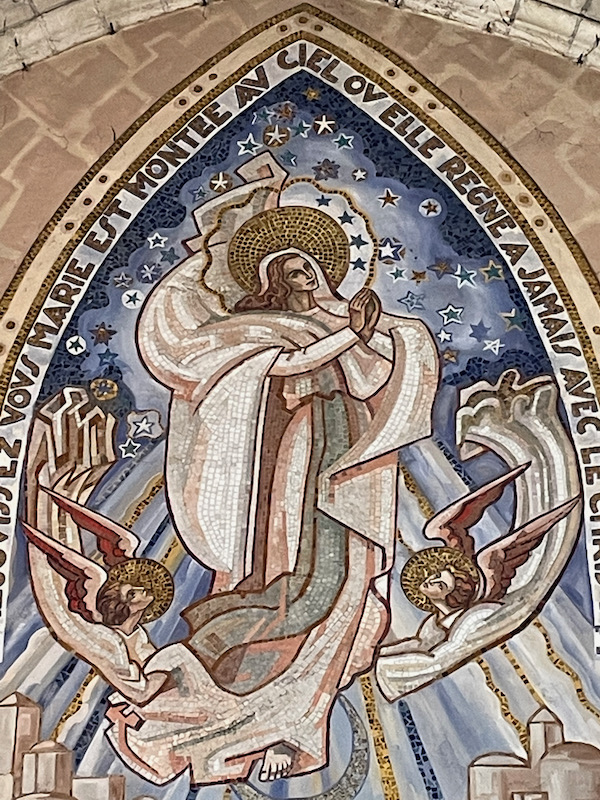
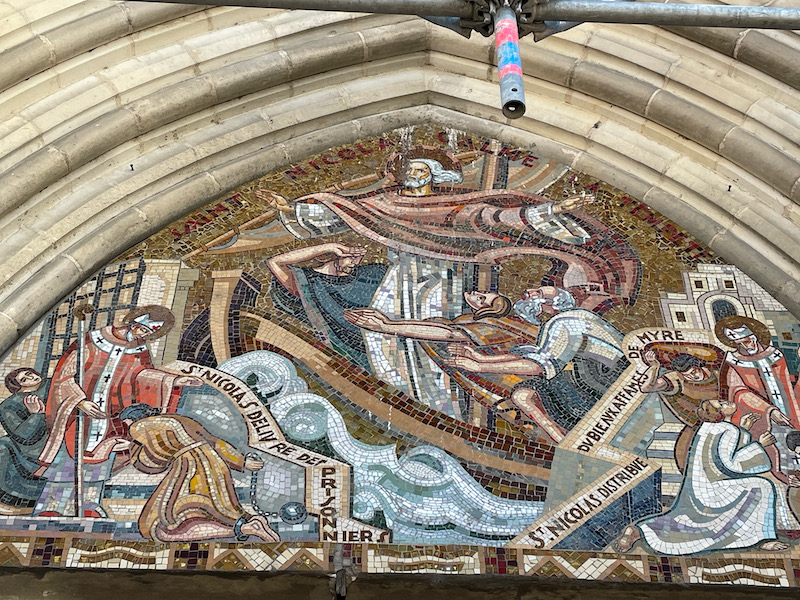
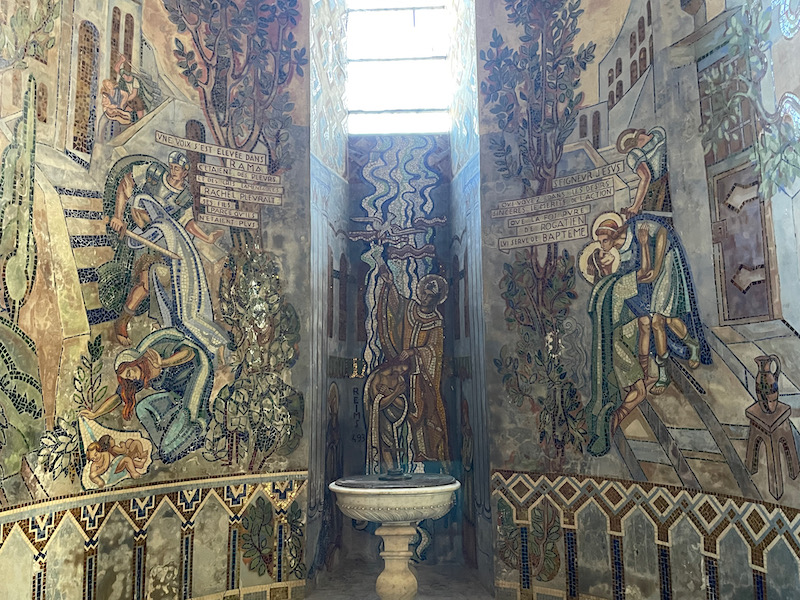

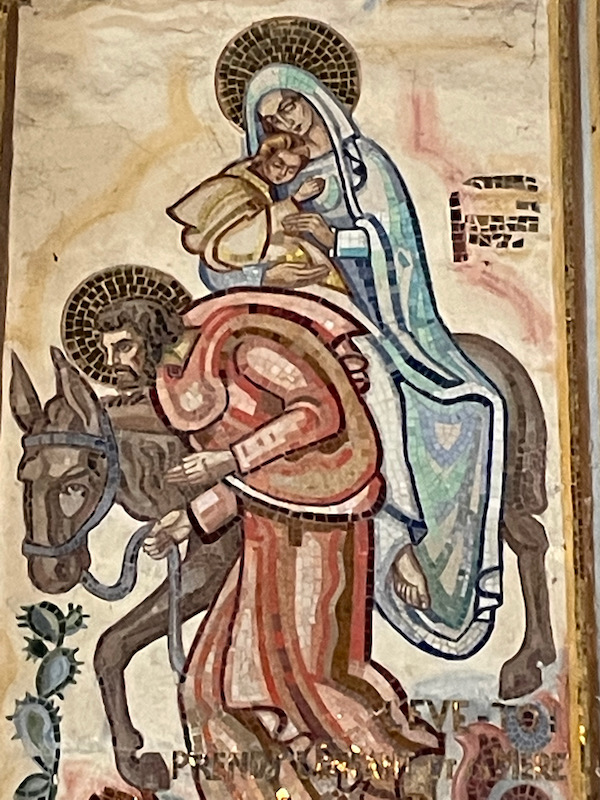
A little trivia: Saumur is a twin city of Asheville, NC since 1996.